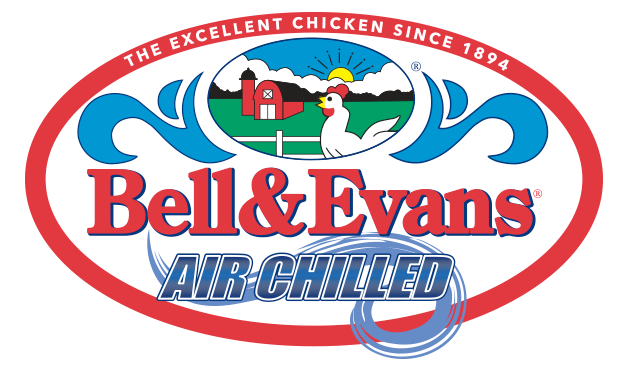For many years we have been talking about the use of Arsenic in poultry feed, fortunately on Wednesday 4/5/06, Marian Burros from the New York Times wrote an article confirming our concerns, “it (Arsenic) is deliberately being added to chicken in this country, with many scientists saying it is unnecessary. Until recently there was a very high chance that if you ate chicken some arsenic would be present because it has been a government-approved additive in poultry feed for decades. It is used to kill parasites and to promote growth.” Ms. Burros goes on to say, “Bell & Evans and Eberly chickens are arsenic-free. There is a growing market in organic chicken and birds labeled “antibiotic-free”: neither contains arsenic.” We thank Marian and the New York Times for bringing this very important subject to the forefront.
Here are some additional facts about the “Bell & Evans Diet” vs. conventionally raised chickens:
THE BELL & EVANS’ THE EXCELLENT CHICKEN DIET
The Bell & Evans vegetable based diets are composed primarily of corn, expeller pressed soybeans and extruded soybeans. Additional amino acids are supplied to ensure that the protein the bird is consuming is properly balanced. The birds’ calcium needs are met with the addition of limestone . Custom high quality vitamin and mineral premixes are added to ensure that the vitamin and trace mineral requirements of the birds are met. We also add extra vitamin E and organic minerals to ensure that the bird has a healthy digestive tract and immune system. No antibiotics are ever fed to a Bell & Evans chicken.
CONVENTIONAL DIET FOR COMMODITY CHICKENS
A conventional broiler diet is primarily composed of corn and solvent extracted soybean meal. The solvent is typically hexane, which is known to cause polyneuropathy. Although soybean plants recover most of the hexane, a small amount escapes into the environment where it is associated with smog.
Most conventional broiler diets also contain:
- Bakery by-product meal which is composed of grocery store and bakery plant waste
- Meat and bone meal which is composed of beef processing plant waste (trimmings, bones, etc)
- Poultry processing plant waste (bones, trimmings, blood, feathers)
- Rendered poultry carcasses.
- Blended animal and vegetable fat (vegetable fat portion is used restaurant oil and animal fat portion is from the beef processing industry).
- Amino acids used to balance the protein,
- Limestone and phosphate is made available as sources of calcium and phosphorus. However, because birds grow the fastest at marginally deficient levels of dietary calcium most conventional broiler diets contain low levels of calcium which leads to increased skeletal problems.
- Vitamin and mineral premixes; however to reduce cost these premixes are often of low quality.
- Sub-therapeutic levels of antibiotics for improved growth and feed efficiency.
Most broiler feeding programs also incorporate Roxarsone, an arsenic containing feed additive used for growth promotion and disease control into their feed medication rotation.

